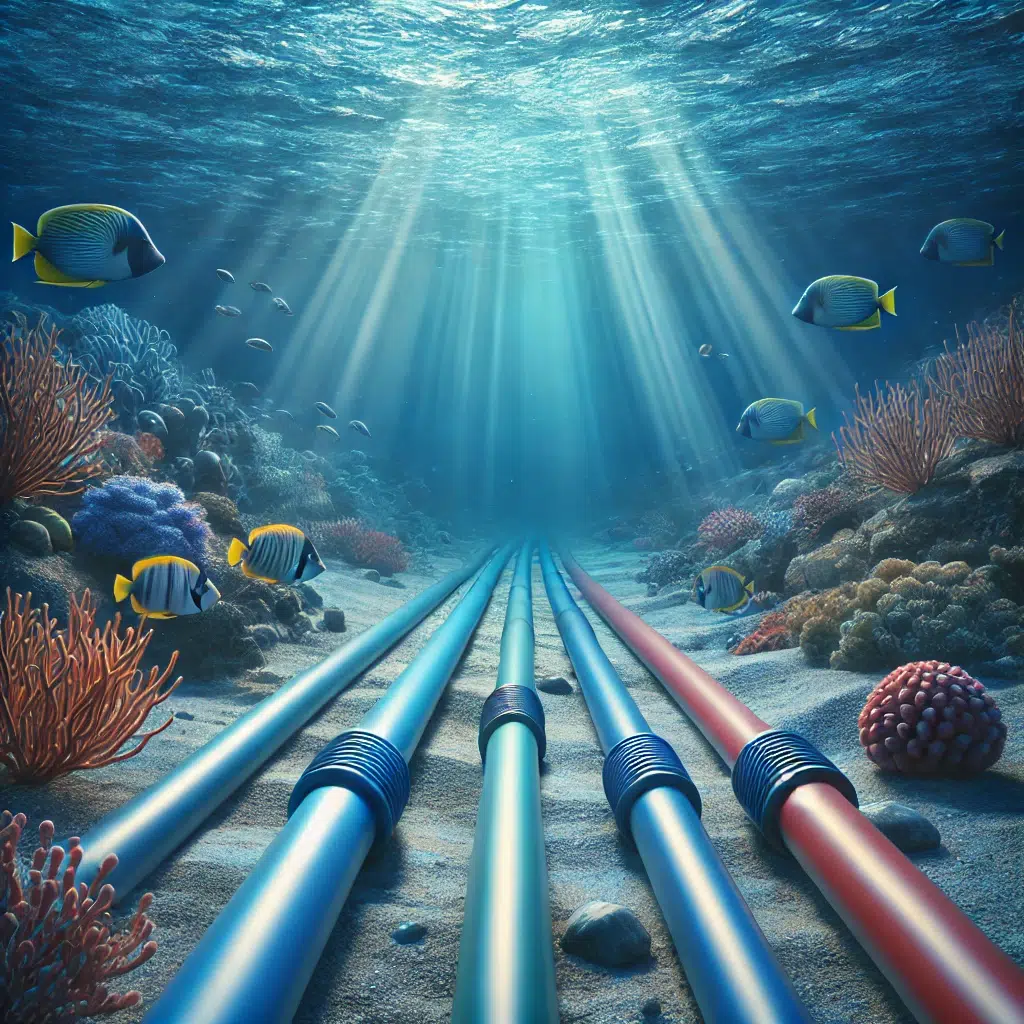
Understanding the Structure of the Internet
The Internet is a vast and complex network that connects billions of devices around the globe. But how does it all work? The Internet is an intricate system that relies on physical infrastructure, protocols, and hierarchical layers to facilitate seamless communication. In this blog, we’ll break down the structure of the Internet to give you a clearer understanding of its components and how they interact.
1. The Physical Layer: The Foundation of Connectivity
The Internet’s foundation is a massive network of physical infrastructure. This includes:
- Cables and Fiber Optics: Submarine cables span oceans and
- connect continents, while fibre optic cables transmit data across cities and countries at high speeds.
- Data Centers: Facilities that house servers storing and processing data.
- Routers and Switches: Devices that direct internet traffic to its destination.
- Wireless Networks: Towers, satellites, and Wi-Fi routers enable wireless connections.
Without these components, the Internet wouldn’t exist. The physical layer is the backbone that ensures data can travel between devices, whether they’re in the same room or across the globe.
2. The Protocol Layer: The Language of the Internet
Protocols are rules that allow devices to communicate. Key protocols include:
- IP (Internet Protocol): Assigns unique addresses to devices, enabling them to send and receive data.
- TCP (Transmission Control Protocol): Ensures data packets are delivered reliably and in order.
- HTTP/HTTPS: Used for accessing websites; HTTPS adds a layer of encryption for security.
- DNS (Domain Name System): Translates human-readable domains into IP addresses.
These protocols work together to ensure data flows smoothly and securely between users and services.
3. The Application Layer: What We Interact With
The application layer is what most users think of as the Internet. It includes:
- Web Browsers: Tools like Chrome, Firefox, and Safari that let you access websites.
- Email Clients: Applications for sending and receiving emails.
- Streaming Services: Platforms like Netflix, YouTube, and Spotify.
- Social Media: Facebook, Instagram, and Twitter (or X) rely on the Internet’s infrastructure.
These applications are built on top of the underlying internet structure, making it accessible and user-friendly.
4. The Network Layer: ISPs and Routing
Internet Service Providers (ISPs) are crucial in the Internet’s structure. They:
- Provide Access: ISPs connect individuals and businesses to the global Internet.
- Manage Traffic: Routers within ISPs direct data packets to their destinations efficiently.
- Facilitate Peering: Large ISPs interconnect to exchange data directly, ensuring faster communication.
ISPs are the intermediaries between end-users and the vast network of servers and services on the Internet.
5. The Governance and Regulation Layer
A single entity doesn’t control the Internet, but its structure and functionality rely on cooperation between organisations like:
- ICANN (Internet Corporation for Assigned Names and Numbers): Oversees domain names and IP address allocation.
- IETF (Internet Engineering Task Force): Develops technical standards and protocols.
- ISOC (Internet Society): Advocates for an open and accessible internet.
These organisations ensure the Internet remains functional, interoperable, and inclusive.
6. The Evolving Edge: The Cloud and IoT
The Internet is constantly evolving. Recent advancements include:
- Cloud Computing: Platforms like AWS, Google Cloud, and Azure host applications and services, reducing the need for local infrastructure.
- Internet of Things (IoT): Smart devices like thermostats, security cameras, and wearables connect to the Internet, expanding its reach and functionality.
- 5G and Beyond: Faster wireless technologies are enabling even greater connectivity.
These innovations are reshaping how we interact with the Internet and each other.
Conclusion
The Internet’s structure is a marvel of engineering. It combines physical infrastructure, standardised protocols, and innovative applications to create a seamless network. By understanding its layers, from the cables under the ocean to the protocols governing data flow, we can better appreciate the complexity and resilience of this global system.
As the Internet continues to grow and evolve, its structure will adapt to meet new challenges and opportunities, ensuring it remains a vital part of our lives for decades.


